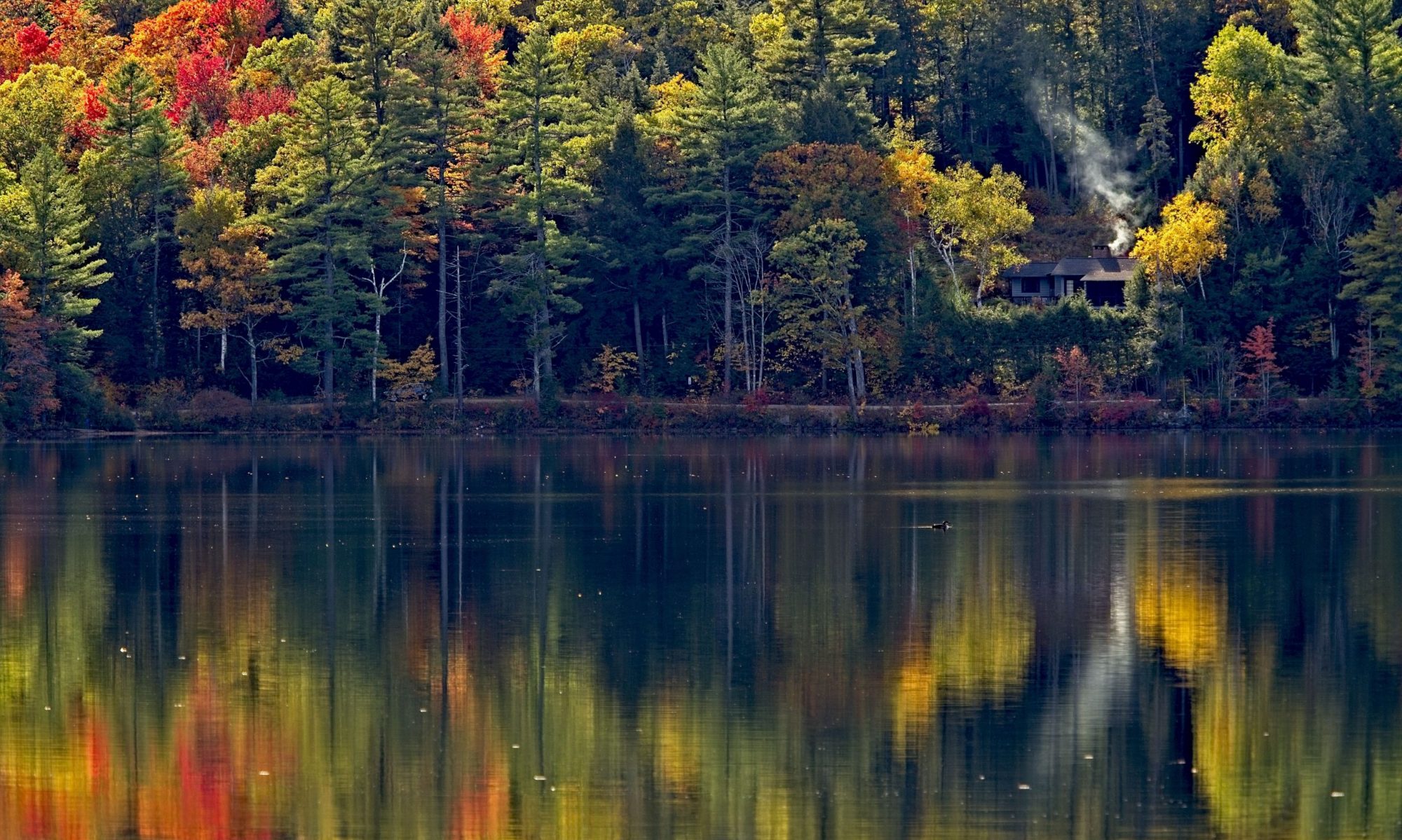Well, I bought the FE. Got it at my local camera store, Eagle Photo. Used, of course, but in quite good condition. It appears to have been well loved but so far so good. I bought it with a ton of cheap, expired film so that I can test to see if it works correctly ect.
When I called their earlier today they told me they had the FE and a 24mm f/2.8 lens for very little money. I said great, I’ll be there before you close. When I got there the FE was there and looked good but the 24mm they were talking about was an off brand Tokina. For the price, $69, it was worth some thought but it is a very old lens and I just didn’t want to bother. The Nikon 24mm sells for three times the price and isn’t up to todays standards… I can’t imagine how awful the off brand would look. Not worth it to me. At least if I could take advantage of it using my digitals it would be fun to play with but having it limited to just the FE and of low image quality just doesn’t make sense. I will have to keep searching for a wide angle prime. The only down side, so far, with the camera is that it is all black and I kinda preferred the look of the chrome one… Oh well. Doesn’t affect the images and I have the camera now, instead of later. I’m going to shoot a half dozen rolls of film and then get them developed before my mini-vacation next week to make sure it all works. If it does, keep you eyes peeled for some talk about film versus digital.
I bought the camera because I want to know what it’s like to have to work for the images. The FE will tell you what settings to change for the exposure but it won’t do it for you. It will tell you if the image is in focus, but you need to turn the knob. I have to feed the film forward after every shot and then I need to rewind it when the film runs out. It’s a very tactile experience that is quite satisfying, so far. In the coming months I may even get into developing the film myself. That will be a learning curve I’m sure but a fun challenge none the less.
Topslakr


When you actually go out and shoot, I recommend you use only one film, a mid-range 400-ASA stock. This isn’t a Zen thing, it’s a very practical thing. You don’t want to spend all your time worrying about juggling roll types, and you want a film that can do most everything.
First I’d recommend one of these (again, pick one):
* Kodak Portra 400 (Color)(either the VC or NC, depending whether you like punchy or realistic color)
* Kodak BW400CN (B&W)
These are both for C41 chemisty, you can get them back in 1hr just about anywhere. It’ll keep the film feedback loop as short as possible, and you can usually get a CD back from the processor if your scanner isn’t absolutely top-notch. Coming from digital you’ll find it brutal otherwise.
If you’re into the brutal thing… then consider either:
* Ilford Delta 400 (true B&W)
* Fuji Provia 400RVP (E6 Color)
Processing time for these will run 1~2 weeks depending where you live. The quality won’t be that superior… but D400 is sharper and P400 has better colors…
Bear in mind that you don’t have to shoot film at the ISO rating given. You can usually shoot 400-ASA film at 800, but you _must_ tell your developer when you do this, on a per-roll basis, so they can develop it appropriately. When you do this quality will take a nose dive, but I’ve shot the Ilford stock at 800~1200 with great success. I personally rate most 400-ASA films at 320 and don’t tell my developer, this gives me (I feel) more pleasing midtones.
Finally it’s better that you overexpose slightly than underexpose with film. It’s the complete opposite of digital. If you own a good scanner, you’ll be able to recover overexposure by as much as 2~3 stops oftentimes. But underexposure is the black death of film.
Cheers,
Olivier